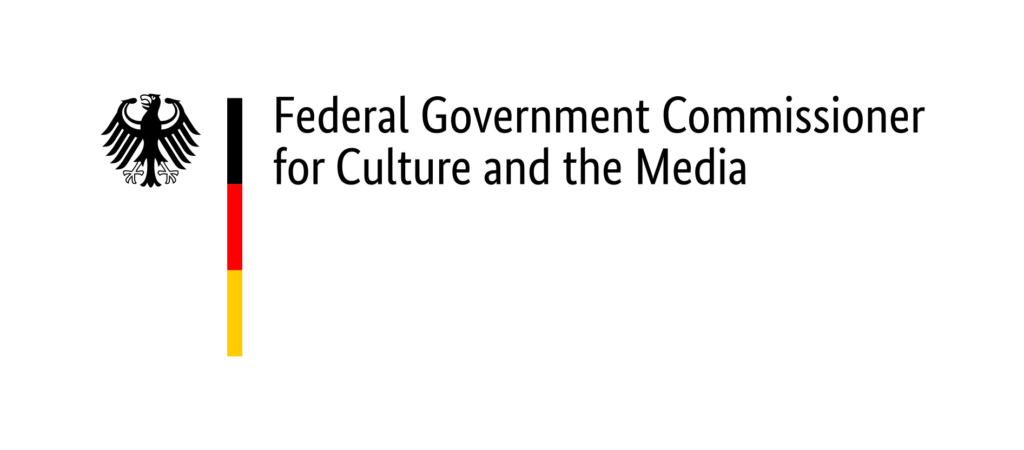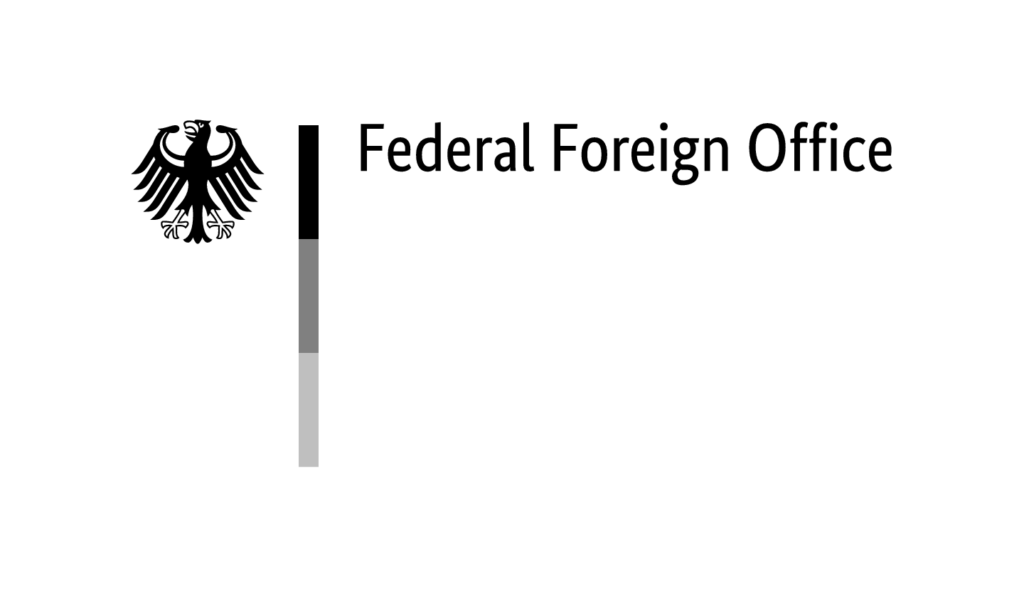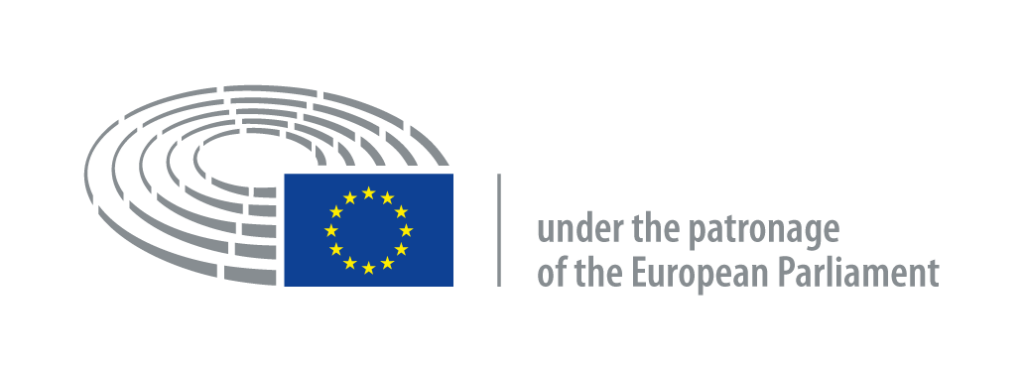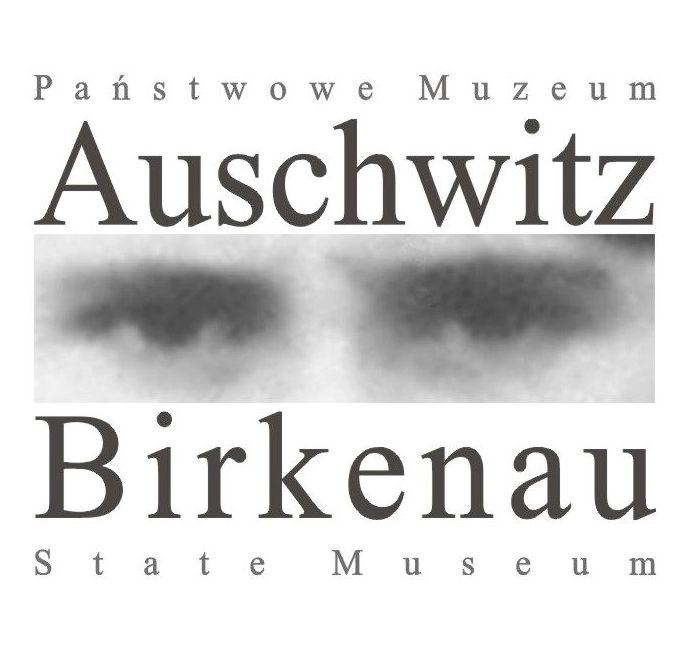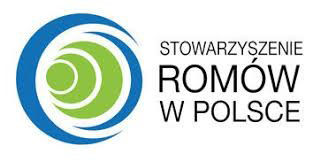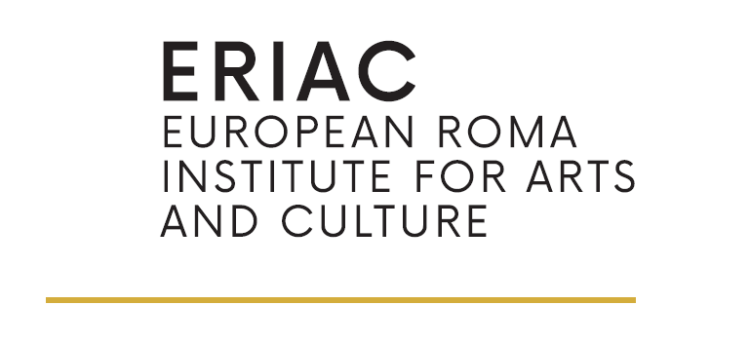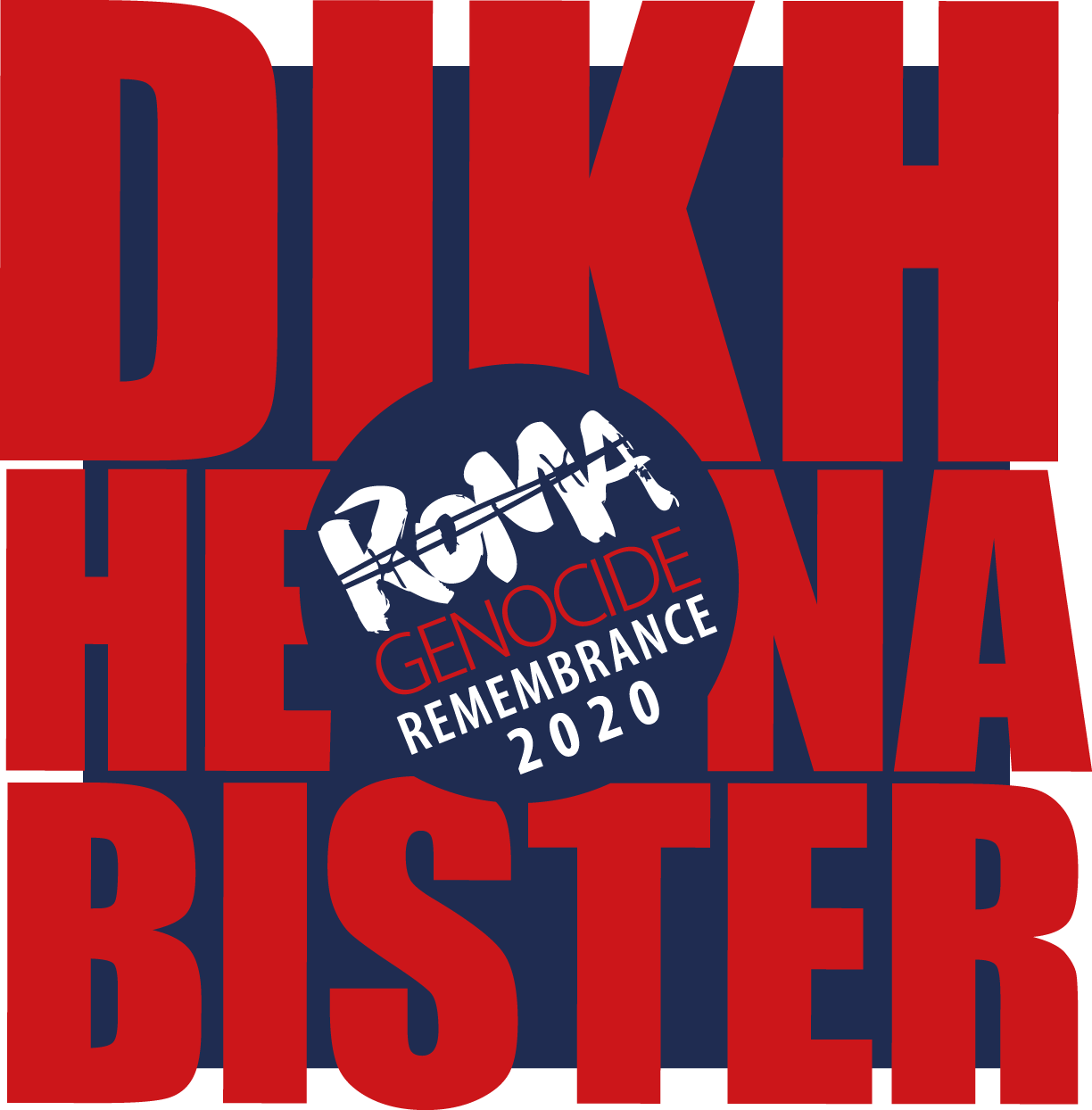photo: Jaroslaw Praszkiewicz
Seripe
Extract from "The Destruction of European Roma in KL Auschwitz: A guidebook for visitors"
After the war, the area of KL Auschwitz was spontaneously visited by German Sinti and Roma and Polish Roma who lost their relatives there. In 1973, on the initiative of the Zentralrat Deutscher Sinti und Roma a memorial commemorating the tragedy of Roma and Sinti prisoners was erected on the grounds of the former Zigeunerfamilienlager. Later on, the memorial became the place of commemorative events and a meeting place for visitors. The memorial consists of a simple brick wall resembling the surviving fragments of the camp barracks with an obelisk in front of it on which there is a memorial tablet. In 1994, the memorial was renovated by the Association of Roma People in Poland.
The presence of Roma and Sinti among the victims of KL Auschwitz was symbolically marked even earlier, when in 1967 a memorial commemorating the victims of the camp was unveiled in Birkenau. One of the memorial tablets which form a part of it had an official commemorative inscription translated into the Romani language. The author of the translation was Jerzy Ficowski, a Polish writer, poet and student of Roma history.
In 1994, the tablet was replaced by a new one, with a new text which took into account new evidence regarding the number of the victims. The new text on the Roma tablet was prepared by a Roma linguist, Marcel Courthiade.
The first official commemorative event of international character, commemorating the fate of Roma and Sinti in KL Auschwitz, took place in 1993 on the occasion of the anniversary of the arrival of the first transport of prisoners to the Zigeunerfamilienlager. The next year, Roma and Sinti from all over the world gathered in Birkenau to commemorate the 50th anniversary of the liquidation of the “Gypsy camp.” In 1995, Roma representatives participated in the 50th anniversary of the liberation of the camp. Significant participation by Roma leaders and activists in the commemorative events in 1993- 1995 resulted in an increase in interest in the genocide of Roma in academic circles and in institutions commemorating the Holocaust.
In 2015, as a consequence of activities undertaken by Roma leaders, the date of the liquidation of the Zigeunerfamilienlager was officially declared the Roma Holocaust Memorial Day by the European Parliament, with the support of the European Commission. On this day the Association of Roma People in Poland organizes commemorative events, attended by Roma from all over the world, politicians and diplomats. In recent years, one can see a growing interest among young European Roma in participation in the commemorative events.
The places most frequently visited on occasion of these events are the memorial in the former Zigeunerfamilienlager and the ruins of the gas chamber and crematorium V, where on August 2nd, 1944 the last Roma and Sinti prisoners of the Zigeunerlager were murdered.
The history of Roma and Sinti is also presen- ted in the permanent exhibition “History and Culture of Roma” in the headquarters of the Association of Roma People in Poland in Oswięcim, Berka Joselewicza Str. 5.
Sìnte aj Rroma and-o Auschwitz
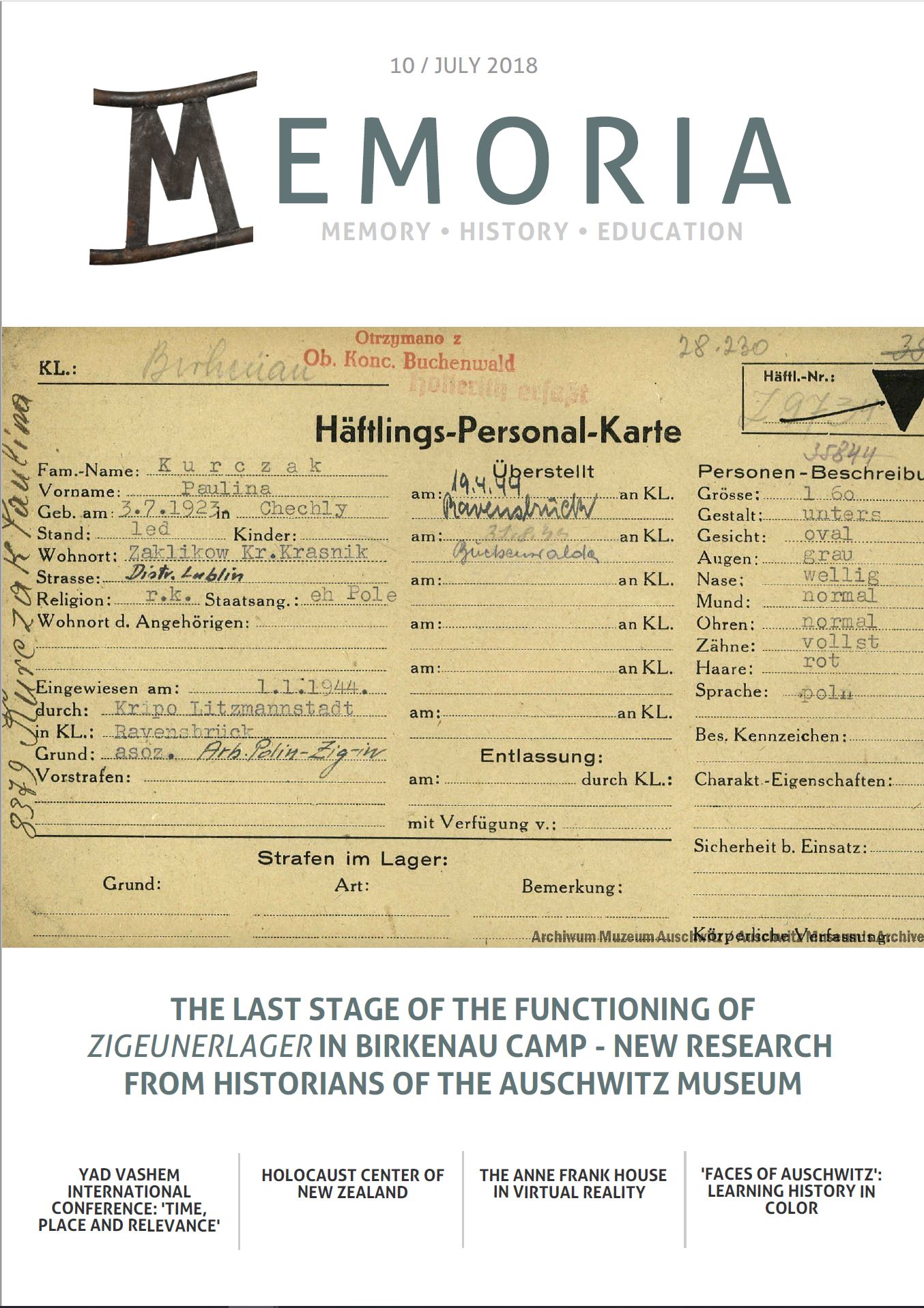
The last stage of the functioning of the ‘Zigeunerlager’ in the Birkenau Camp
Recent research by historians of the Auschwitz Museum
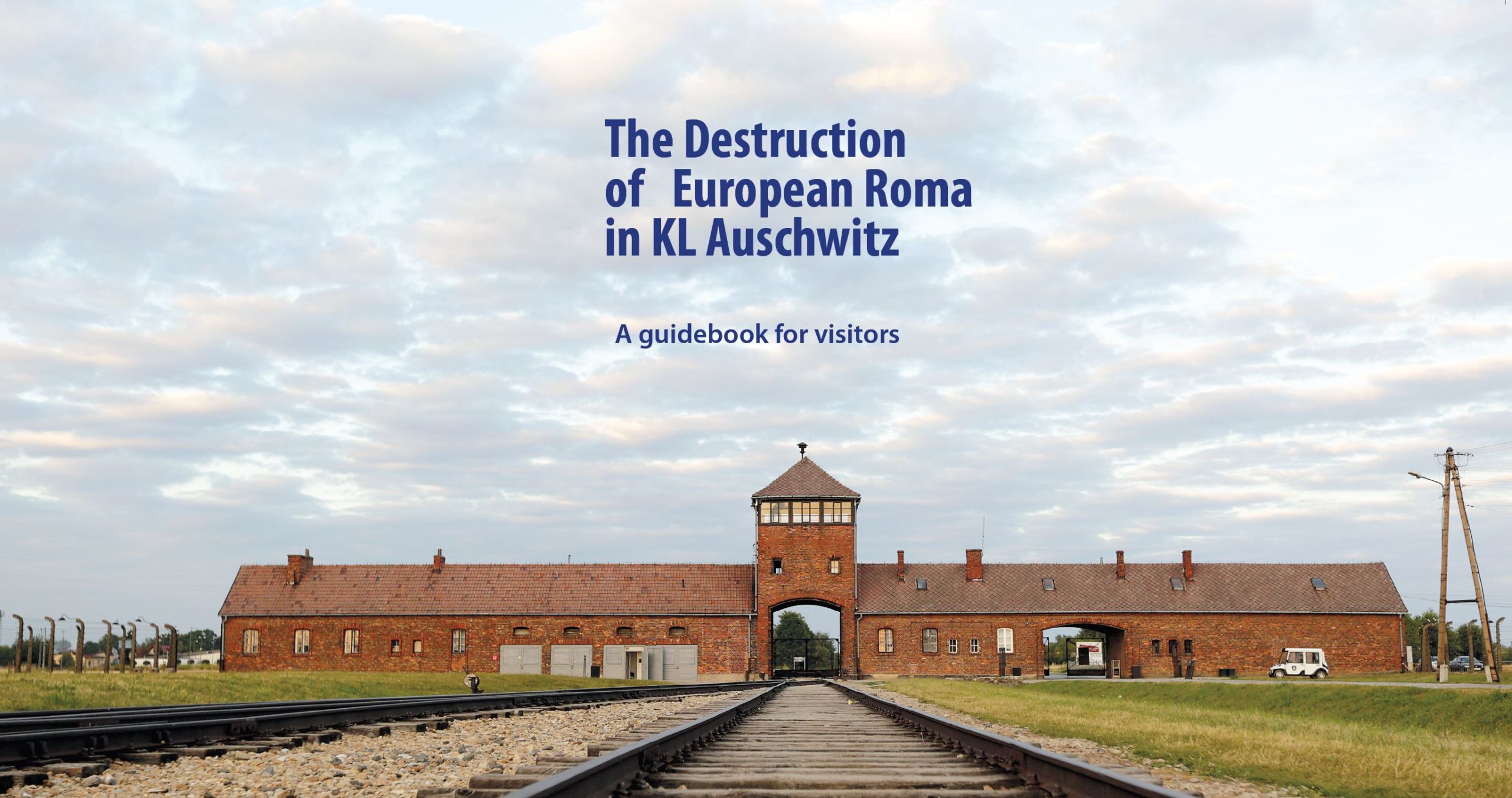
The Destruction of European Roma in KL Auschwitz
A guidebook for visitors
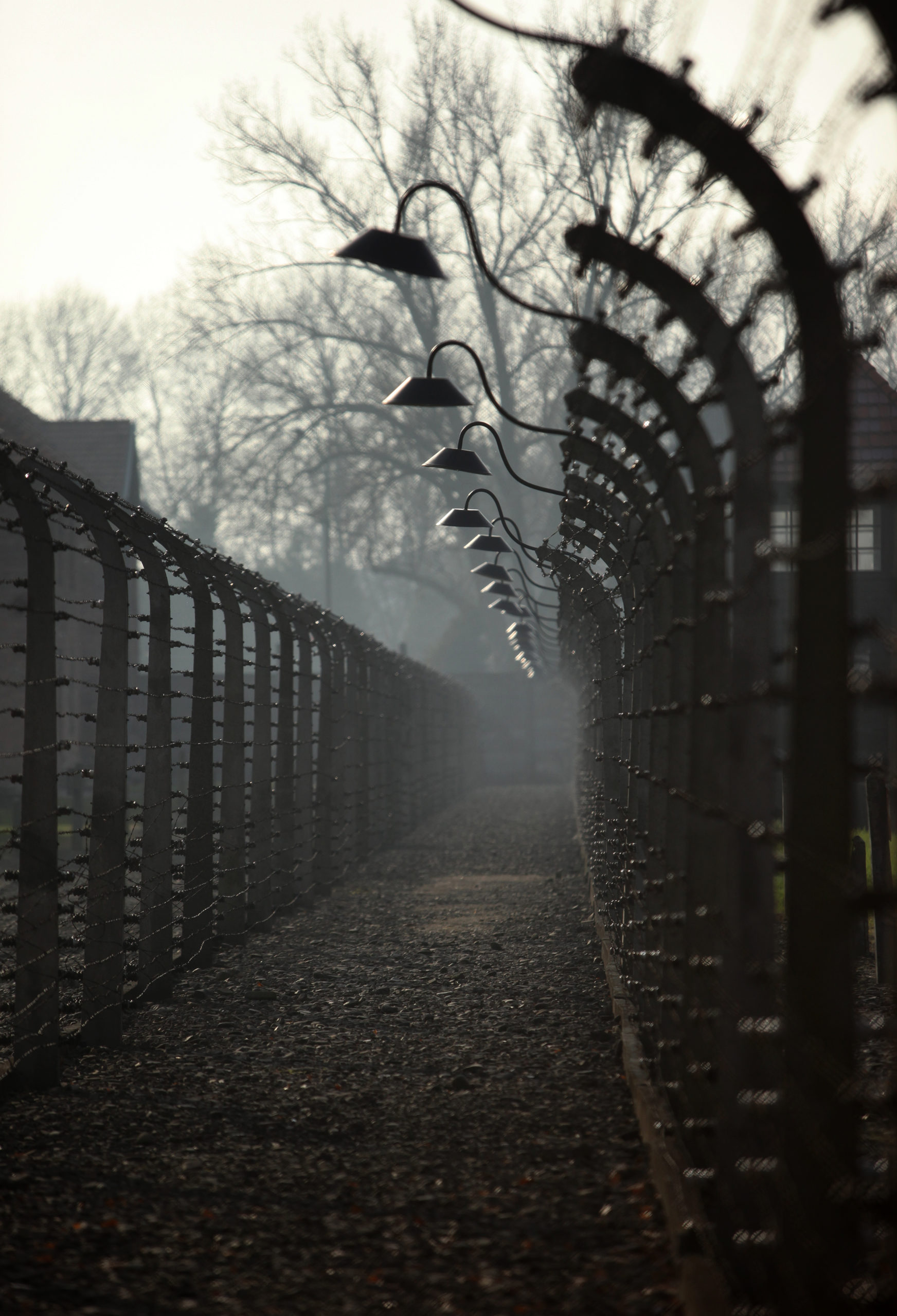
The genesis and course of the Nazi persecution of Roma and Sinti
Extract from “The Destruction of European Roma in KL Auschwitz: A guidebook for visitors”
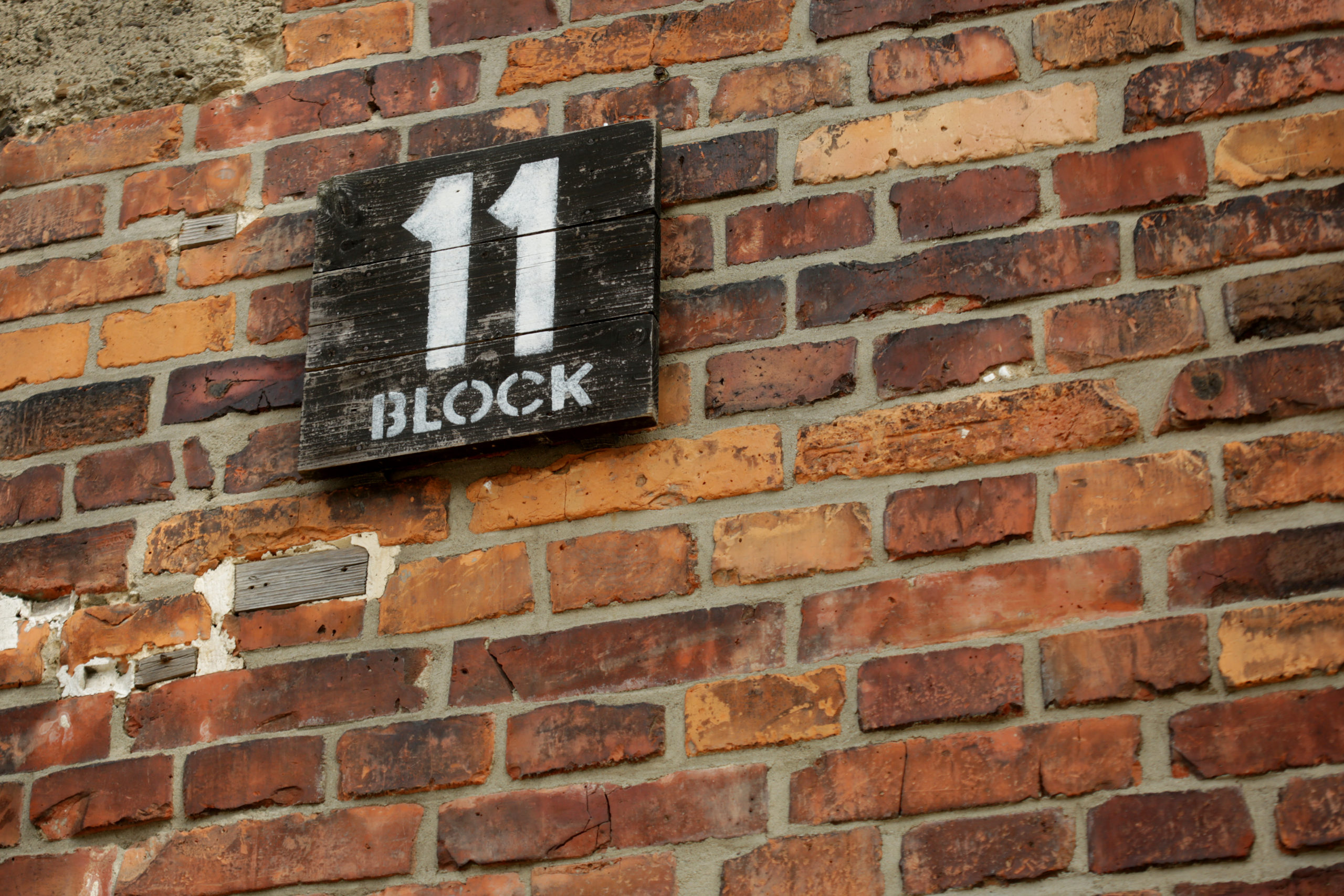
Block 11
Extract from “The Destruction of European Roma in KL Auschwitz: A guidebook for visitors”
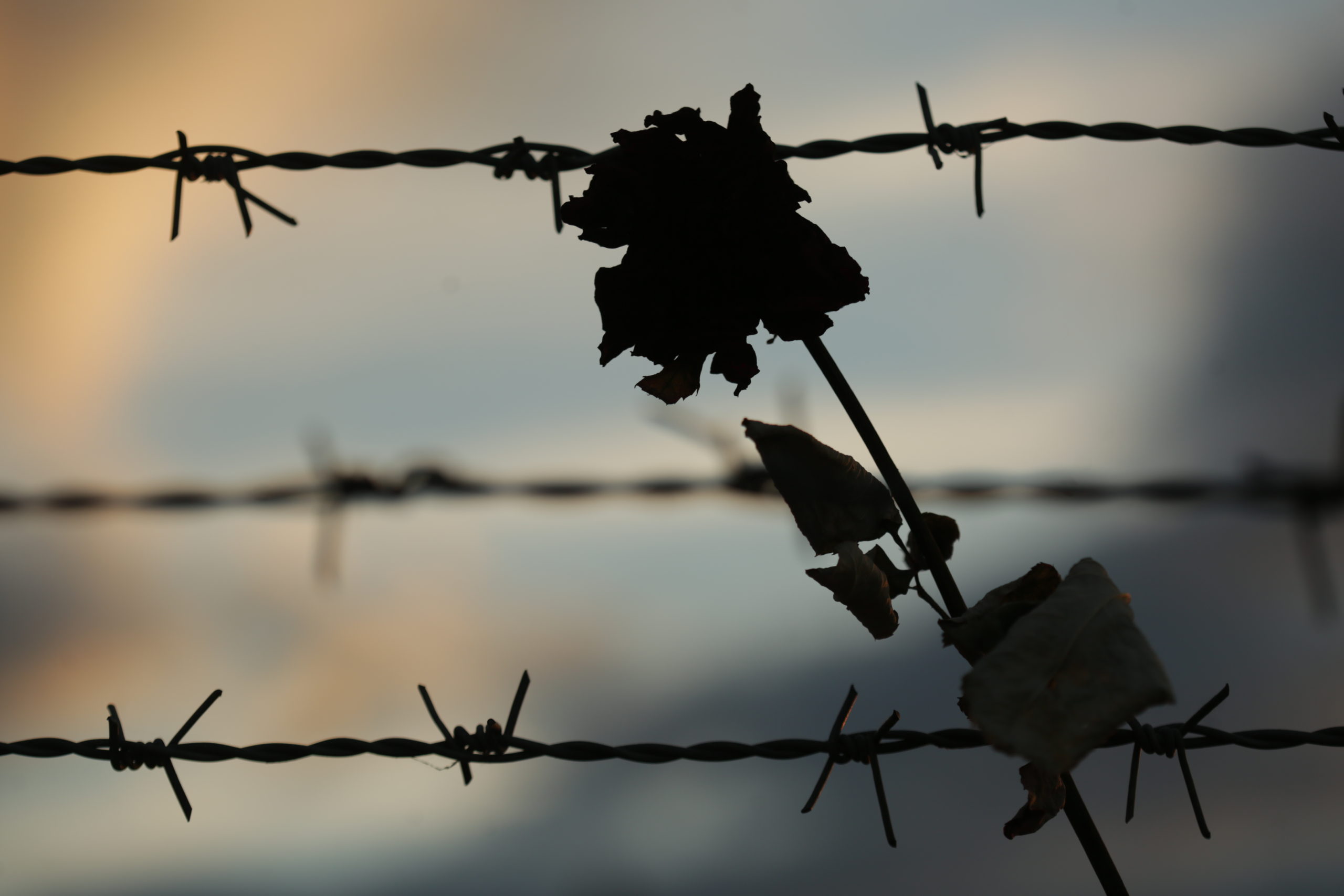
Escapes
Extract from “The Destruction of European Roma in KL Auschwitz: A guidebook for visitors”
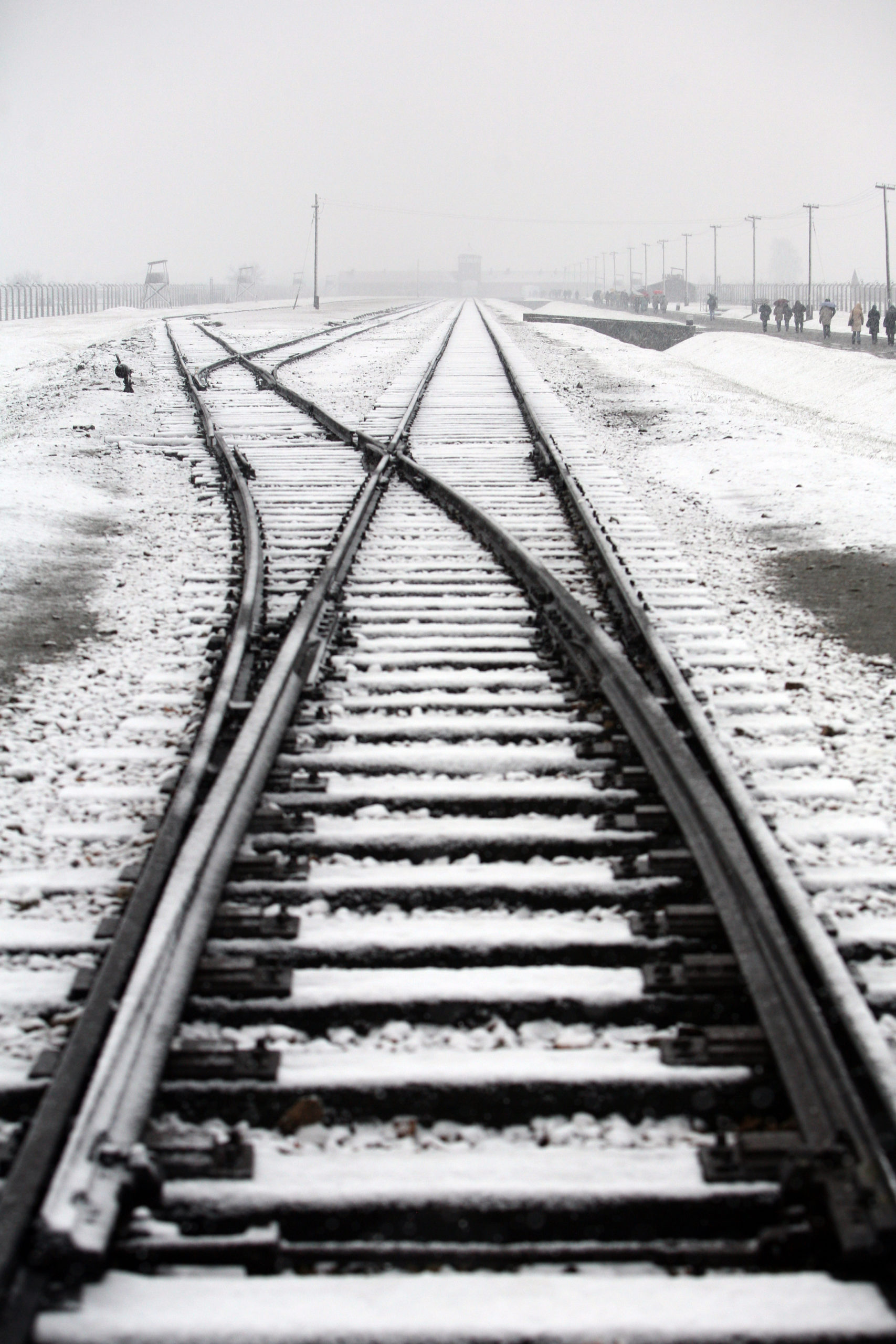
“Zigeunerfamilienlager” (“Gypsy family camp”)
Extract from “The Destruction of European Roma in KL Auschwitz: A guidebook for visitors”
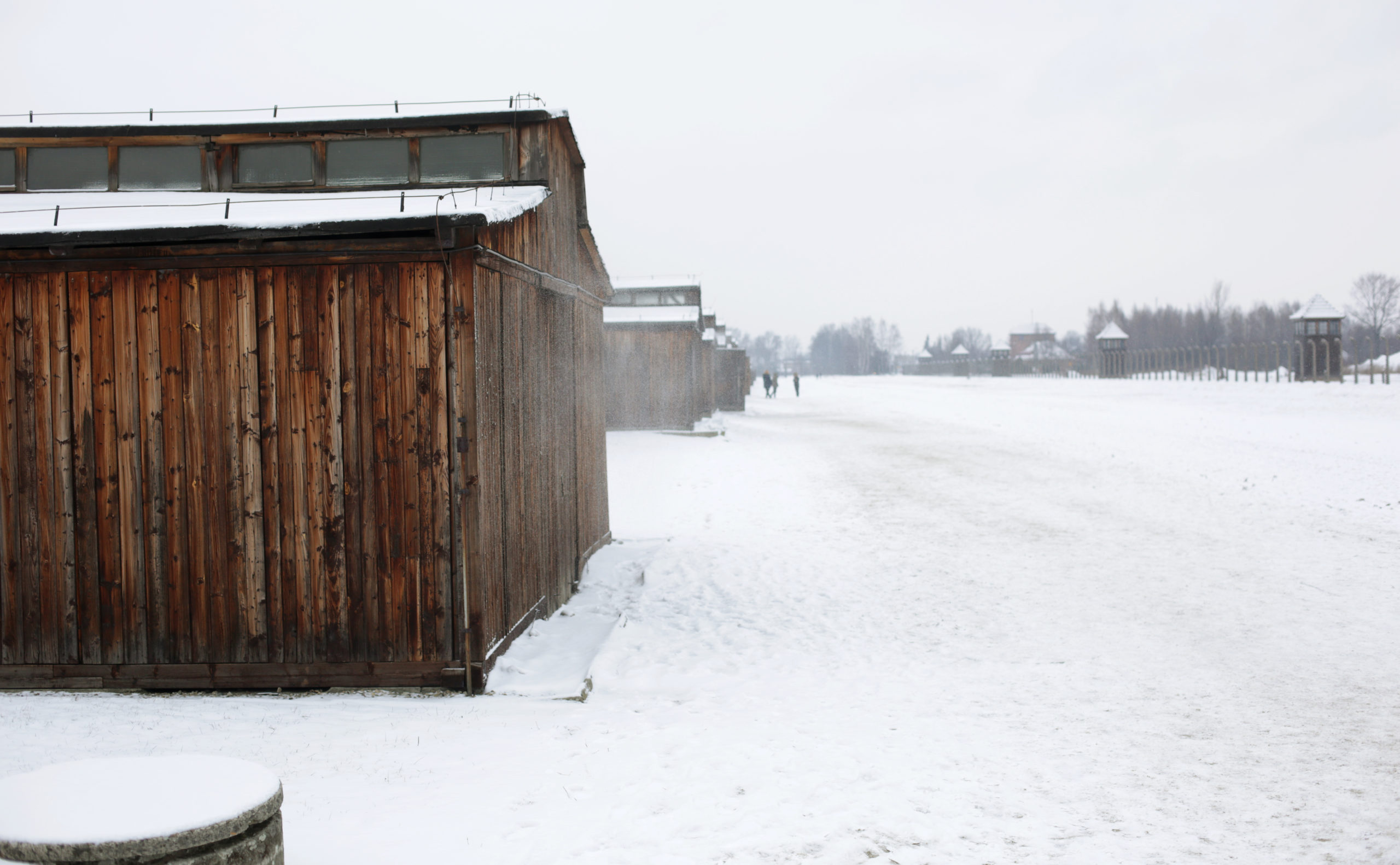
Arrival in the “Zigeunerfamilienlager”
Extract from “The Destruction of European Roma in KL Auschwitz: A guidebook for visitors”
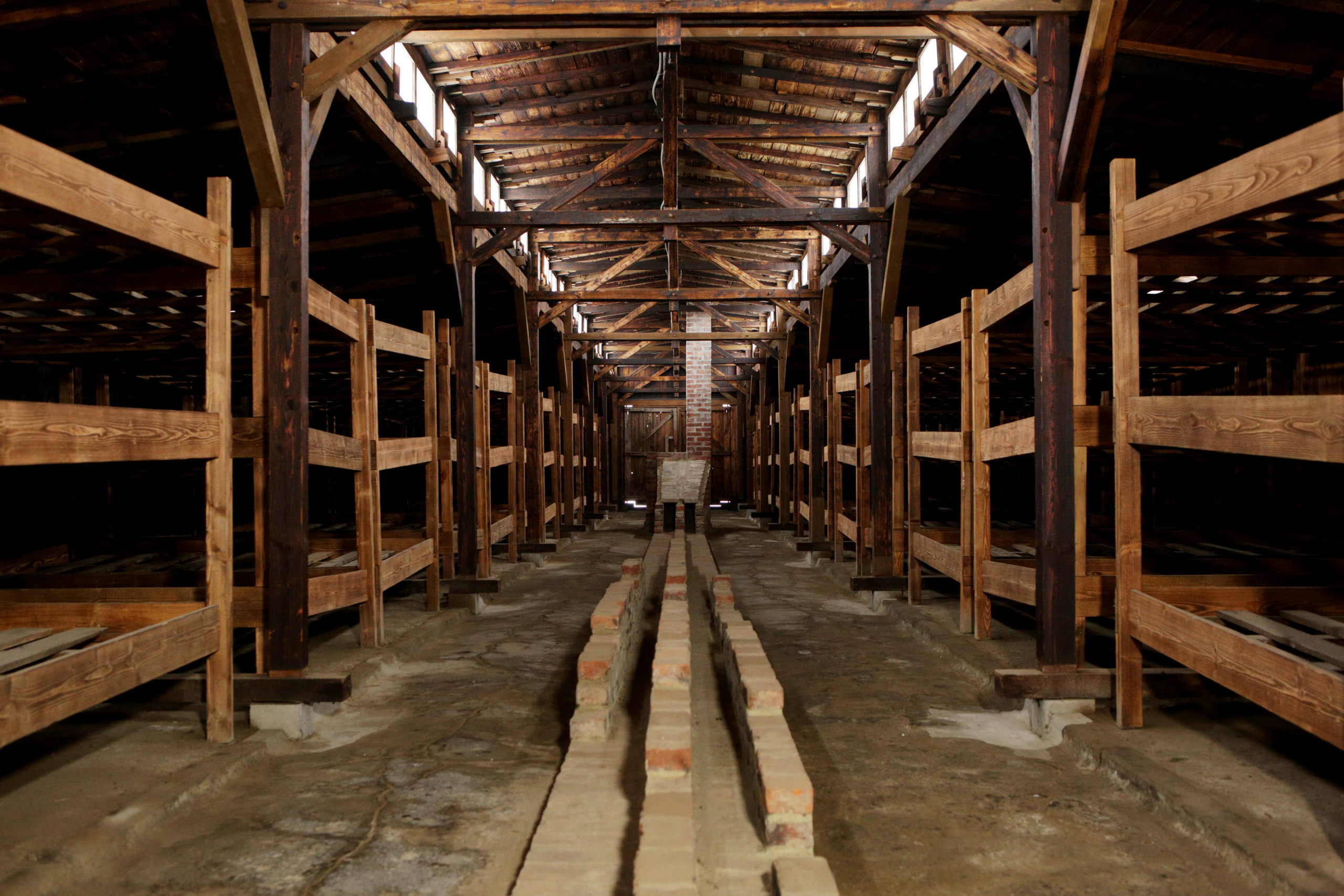
The life of Prisoners
Extract from “The Destruction of European Roma in KL Auschwitz: A guidebook for visitors”
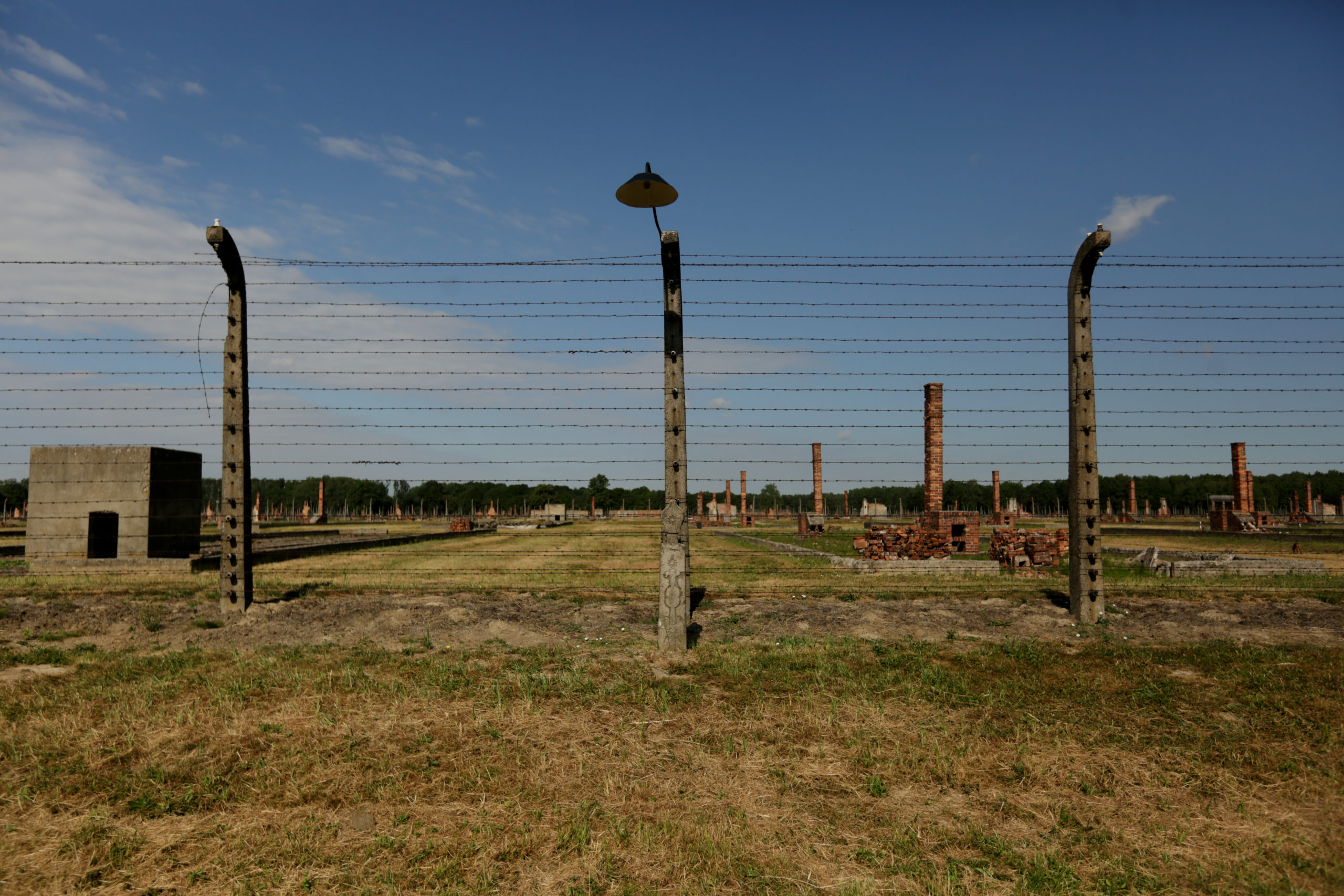
Children
Extract from “The Destruction of European Roma in KL Auschwitz: A guidebook for visitors”
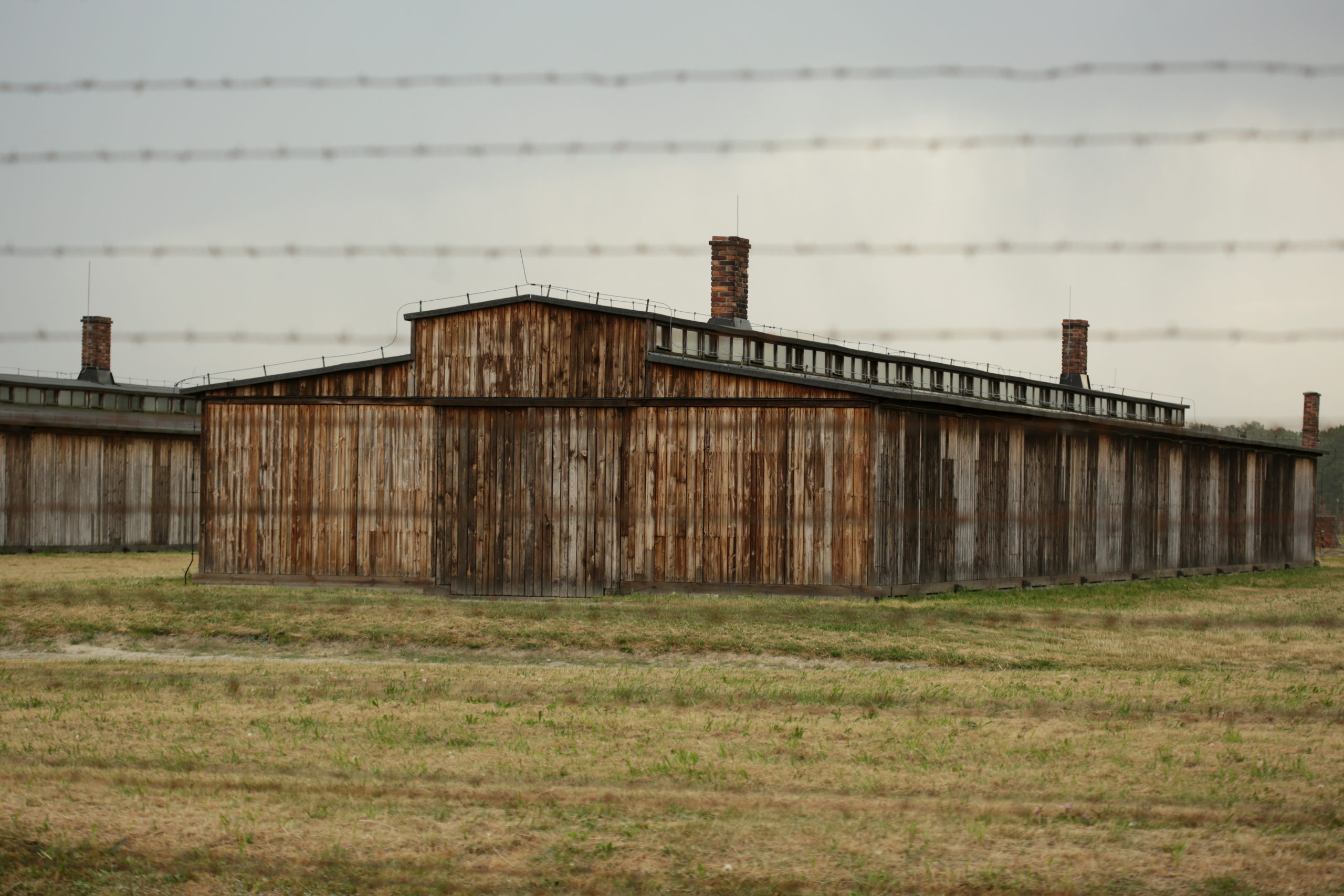
Dr. Mengele and experiments on prisoners
Extract from “The Destruction of European Roma in KL Auschwitz: A guidebook for visitors”


